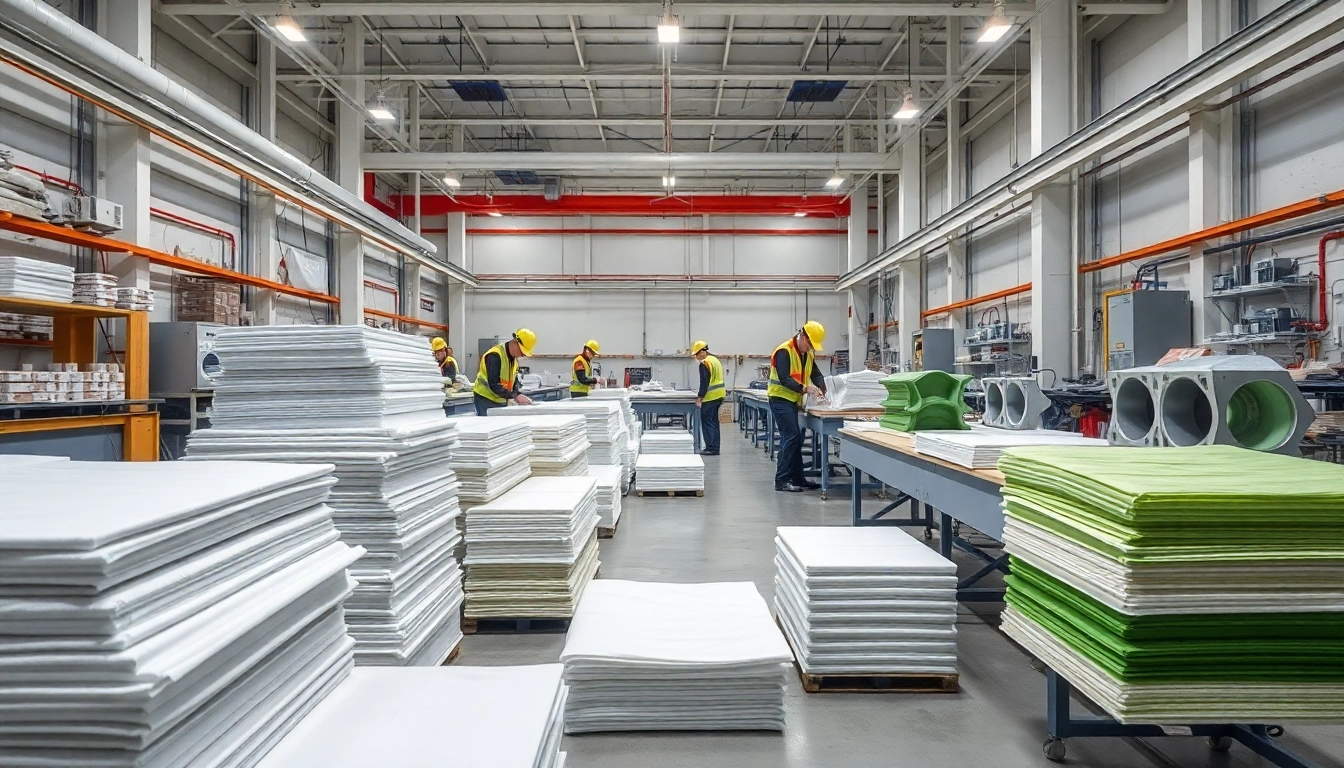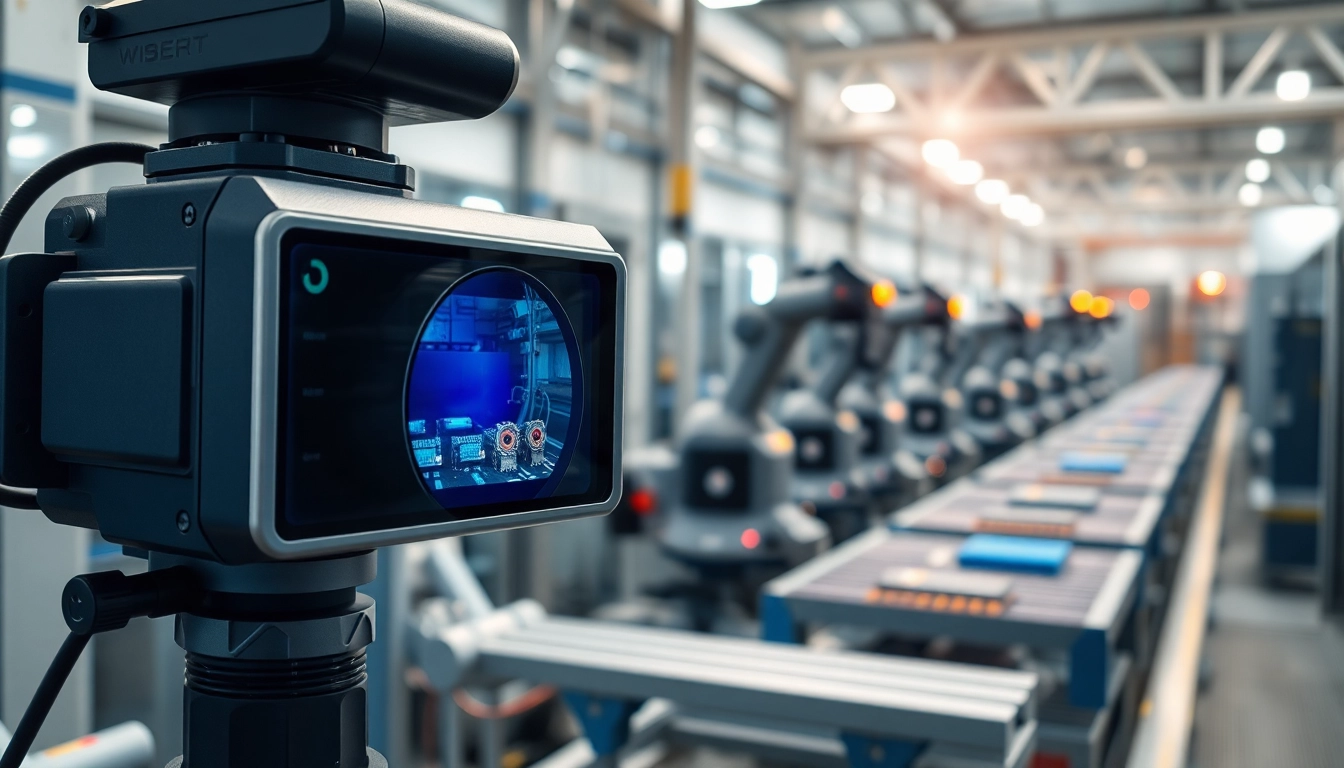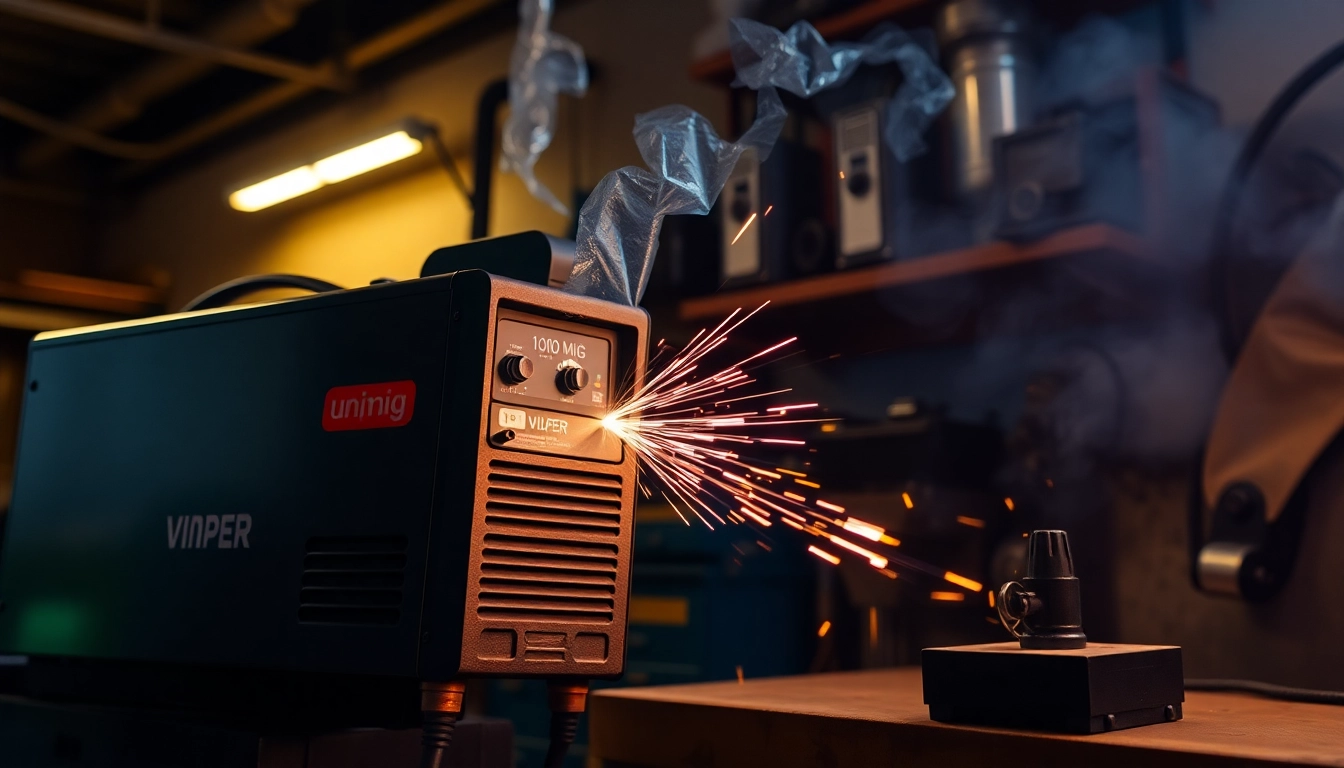Understanding Epoxy Prepregs
What Are Epoxy Prepregs?
Epoxy prepregs, short for pre-impregnated composites, are advanced materials that consist of a reinforcing fabric—commonly fiberglass, carbon fiber, or aramid—that has been infused with a partially cured epoxy resin. This infusion process ensures that the resin has already penetrated the fibers, allowing for a high degree of uniformity and consistency in the final product. These materials are designed to be easy to handle, allowing for rapid processing and reduced labor costs in manufacturing environments.
The primary feature that distinguishes epoxy prepregs from conventional composites is their pre-impregnated nature. This means that they can be stored and used effectively without needing to mix resin and hardener on-site, which minimizes waste and ensures optimal resin-to-fiber ratios. The appeal of epoxy prepregs extends to various industries, including aerospace, automotive, sporting goods, and medical applications, where high strength-to-weight ratios, corrosion resistance, and thermal stability are critical.
For more details about epoxy prepregs, visit the comprehensive guide on epoxy prepregs.
Composition and Properties of Epoxy Prepregs
The composition of epoxy prepregs primarily consists of two components: the fiber reinforcement and the epoxy resin system. The fibers used can vary depending on the desired properties of the final composite. Carbon fibers are well-known for their high tensile strength and low weight, making them ideal for applications where performance is paramount. Fiberglass offers excellent durability and is often used for more cost-effective solutions, while aramid fibers provide superior resistance to impact and abrasion.
The epoxy resin in prepregs is typically formulated to exhibit specific properties such as temperature resistance, adhesion qualities, and chemical resistance. These formulations can vary significantly, with some resins designed for high-performance applications requiring rapid curing times at higher temperatures, whereas others may cure at lower temperatures, allowing for more versatile processing options.
One of the remarkable properties of epoxy prepregs is their incredible mechanical strength. Curated correctly, they can achieve high structural integrity, making them suitable for components subjected to significant stress, such as in aerospace and automotive industries. Additionally, the tack properties of the prepreg allow for easy handling in the lay-up process, making it easier to achieve precise part geometries.
Comparison with Other Composite Materials
Epoxy prepregs are frequently compared to other types of composite materials, such as thermoplastic composites and standard epoxy laminates. One of the most significant advantages of epoxy prepregs is their ability to achieve better mechanical properties and thermal resistance due to the complete impregnation of the fibers with resin. In traditional laminating methods, achieving uniform cure and resin distribution can be challenging, resulting in inconsistent mechanical properties.
Thermoplastic composites, on the other hand, offer advantages in terms of reusability and recyclability. They can be melted and reformed multiple times, making them suitable for applications where repair and remanufacturing are necessary. However, they generally do not match the mechanical performance of properly cured epoxy prepregs, especially in high-temperature applications.
Overall, while there are multiple materials available for composite manufacturing, epoxy prepregs stand out due to their superior performance characteristics, especially for high-performance, lightweight applications.
Applications of Epoxy Prepregs
Industries Employing Epoxy Prepregs
The versatility of epoxy prepregs allows them to be employed in a wide range of industries. One of the most notable sectors is aerospace, where performance and weight savings are critical. Epoxy prepregs are commonly used in the production of aircraft components, such as wings and fuselage sections, that demand high strength-to-weight ratios. Their resistance to environmental degradation makes them ideal for use in high-stress environments.
In the automotive sector, these materials are increasingly being adopted for components such as hoods, brackets, and other structural parts where weight savings can lead to improved fuel efficiency. Sports equipment manufacturers are also utilizing epoxy prepregs to create high-performance bicycles, skis, and surfboards that require exceptional strength without the added weight.
Moreover, the growing adoption of epoxy prepregs in the renewable energy sector, specifically in wind turbine blades, highlights their adaptability. The complexity and size of modern wind blades necessitate materials that can withstand dynamic loads while maintaining structural integrity over extended periods of service.
Case Studies of Successful Implementations
To illustrate the practical applications of epoxy prepregs, several case studies exemplify their effectiveness. For instance, leading aerospace manufacturers have successfully implemented epoxy prepregs in the construction of next-generation aircraft, allowing for significant reductions in weight and increased fuel efficiency. The Boeing 787, also known as the Dreamliner, leverages composite technologies that include epoxy prepregs extensively, showcasing their application in aircraft body construction.
Another industry example can be seen in high-performance sporting goods, where manufacturers have utilized epoxy prepregs in composite skis to balance strength, flexibility, and weight. The resulting products have not only improved performance but have also elevated the safety standards in competitive sports.
These case studies underline the capabilities of epoxy prepregs in meeting the rigorous demands of various applications, providing substantial benefits both in performance and overall production efficiency.
Emerging Trends in Epoxy Prepreg Usage
As technology continues to evolve, the use of epoxy prepregs is expanding into new areas. One emerging trend is the development of bio-based epoxy resins, which aim to reduce the environmental impact associated with traditional epoxy materials. These resins can compete with conventional formulations in terms of performance and are increasingly being adopted in applications ranging from automotive parts to consumer goods.
Another growing trend is the integration of automation in the manufacturing processes of epoxy prepregs. Automated systems can facilitate more precise control over lay-up processes and curing cycles, thus enhancing quality while reducing cycle times. This evolution not only minimizes labor costs but also improves repeatability and product consistency.
Lastly, the rise of additive manufacturing techniques, such as 3D printing, is presenting opportunities to develop hybrid composite structures that combine epoxy prepregs with advanced manufacturing methods, allowing for innovative designs and improved integration of complex geometries.
Advantages of Using Epoxy Prepregs
Performance Benefits of Epoxy Prepregs
One of the primary advantages of epoxy prepregs lies in their exceptional performance characteristics. They offer a superior balance of tensile strength, stiffness, and thermal resistance compared to many other composite materials. The tailored properties of epoxy resins can be adjusted to meet the specific needs of applications, allowing for improved mechanical performance such as enhanced tensile and compressive strength and fatigue resistance.
Furthermore, the consistency of the curing process in epoxy prepregs leads to high-quality surfaces and greatly reduces the likelihood of defects such as voids or uneven curing that can compromise structural integrity. This reliability is particularly crucial in high-stakes industries, such as aerospace and automotive, where failure is not an option.
Cost-Effectiveness and Efficiency
While the initial costs associated with epoxy prepregs may be higher than some traditional materials, their potential for long-term cost savings should not be overlooked. The efficiency of the prepreg process—as products can be laid up quickly without the need for extensive resin mixing—results in lower labor costs and faster production times. Additionally, the reduced waste generated with this process lowers material costs and supports more sustainable manufacturing practices.
Moreover, high-performing components made from epoxy prepregs often lead to greater energy savings in applications such as automotive engineering and aerospace, where reduced weight directly translates to fuel efficiency and lower operational costs over the lifecycle of the product.
Sustainability Considerations
Sustainability is becoming increasingly vital in material selection across industries. The rise of bio-based epoxy options and the ability of epoxy prepregs to contribute to weight reduction directly tie into sustainability efforts. Lightweight components with high strength enable vehicles and aircraft to operate more efficiently, resulting in lower emissions and fuel consumption.
Further, advancements in recycling technologies for epoxy prepregs promise to enhance their sustainability profile. Research into reclaiming and repurposing expired or discarded prepregs could offer solutions to reduce landfill waste and enhance resource utilization.
Best Practices for Working with Epoxy Prepregs
Storage and Handling Recommendations
Proper storage and handling of epoxy prepregs are crucial to ensuring their performance and shelf life. These materials should ideally be stored in a freezer at temperatures below -18°C to maintain their integrity and prevent premature curing. When preparing to use the prepregs, they should be allowed to acclimate to room temperature slowly to prevent condensation from forming, which can impact curing processes.
Separately, care should be taken to handle prepregs in a clean environment free of contamination. Wearing gloves while handling the prepreg ensures the product remains free of oils or particulates that can interfere with adhesion during curing.
Optimal Curing Processes and Techniques
Curing epoxy prepregs involves a combination of heat and pressure to harden the resin and achieve optimal performance characteristics. It is imperative to follow the manufacturer’s guidelines regarding temperature and time, as inadequate curing can lead to underperformance or failure of the composite. Ideal curing cycles may necessitate elevated temperatures ranging from 120°C to 180°C, depending on the specific resin formulation and desired properties.
Pressure plays a critical role in ensuring complete consolidation of the materials. Vacuum bagging techniques can be employed to remove any trapped air pockets and ensure uniform pressure during the curing process. This not only maximizes bonding but also contributes to achieving a smoother, high-quality finish on the final product.
Safety Measures in the Workplace
Working with epoxy prepregs involves exposure to chemicals that require adherence to safety protocols. It is essential to provide adequate ventilation in the workspace to dissipate any fumes generated during curing and handling. Personal Protective Equipment (PPE) such as gloves, goggles, and masks should be worn to minimize exposure to epoxy resins and hardeners, which can be irritants.
Additionally, training personnel on proper handling and storage techniques can mitigate risks associated with these materials. A clear understanding of Material Safety Data Sheets (MSDS) for the substances involved will further enhance workplace safety and compliance with regulations.
Future of Epoxy Prepregs in Advanced Manufacturing
Innovations in Epoxy Prepreg Technology
The future of epoxy prepregs is shaped by ongoing innovations that continuously improve their performance and application range. Research into advanced formulations emphasizes the development of resins that cure at lower temperatures, enabling manufacturing practices with lower energy costs. Furthermore, the exploration of additive manufacturing technologies paves the way for complex designs and structures that were previously unattainable with conventional composite methods.
New advancements in the integration of sensors and smart materials into the epoxy prepreg matrix are also on the horizon, making real-time data collection and monitoring of composite material behavior possible. This capability is particularly advantageous in aerospace and automotive sectors where performance monitoring can significantly enhance safety and durability.
The Role of Automation in Manufacturing
As industries continue to pursue efficiency, automation is playing an essential role in the processing and manufacturing of epoxy prepregs. Automated lay-up machines and robotic systems allow for precise placement of prepregs, enabling intricate designs to be created with remarkable consistency. These advancements in robotics promise to alleviate labor shortages in manufacturing while simultaneously improving production speed and reducing the potential for human error.
The digitization of manufacturing processes will likely lead to an increased demand for skilled workers capable of overseeing automated systems and ensuring that product quality remains high.
Predictions for Market Growth and Development
The epoxy prepreg market is anticipated to witness substantial growth, driven by the ongoing demand for lightweight, high-performance materials across various sectors. As environmental regulations tighten and the focus on sustainability sharpens, epoxy prepregs will play a pivotal role in the development of high-efficiency, eco-friendly products.
Research and development investments into bio-based epoxy systems and recycling initiatives will likely aid in promoting the commercialization of these advanced materials, further solidifying their position in future manufacturing landscapes.
In conclusion, the trajectory of epoxy prepregs within advanced manufacturing indicates exciting developments that will enhance their performance, sustainability, and application versatility in the years to come.



